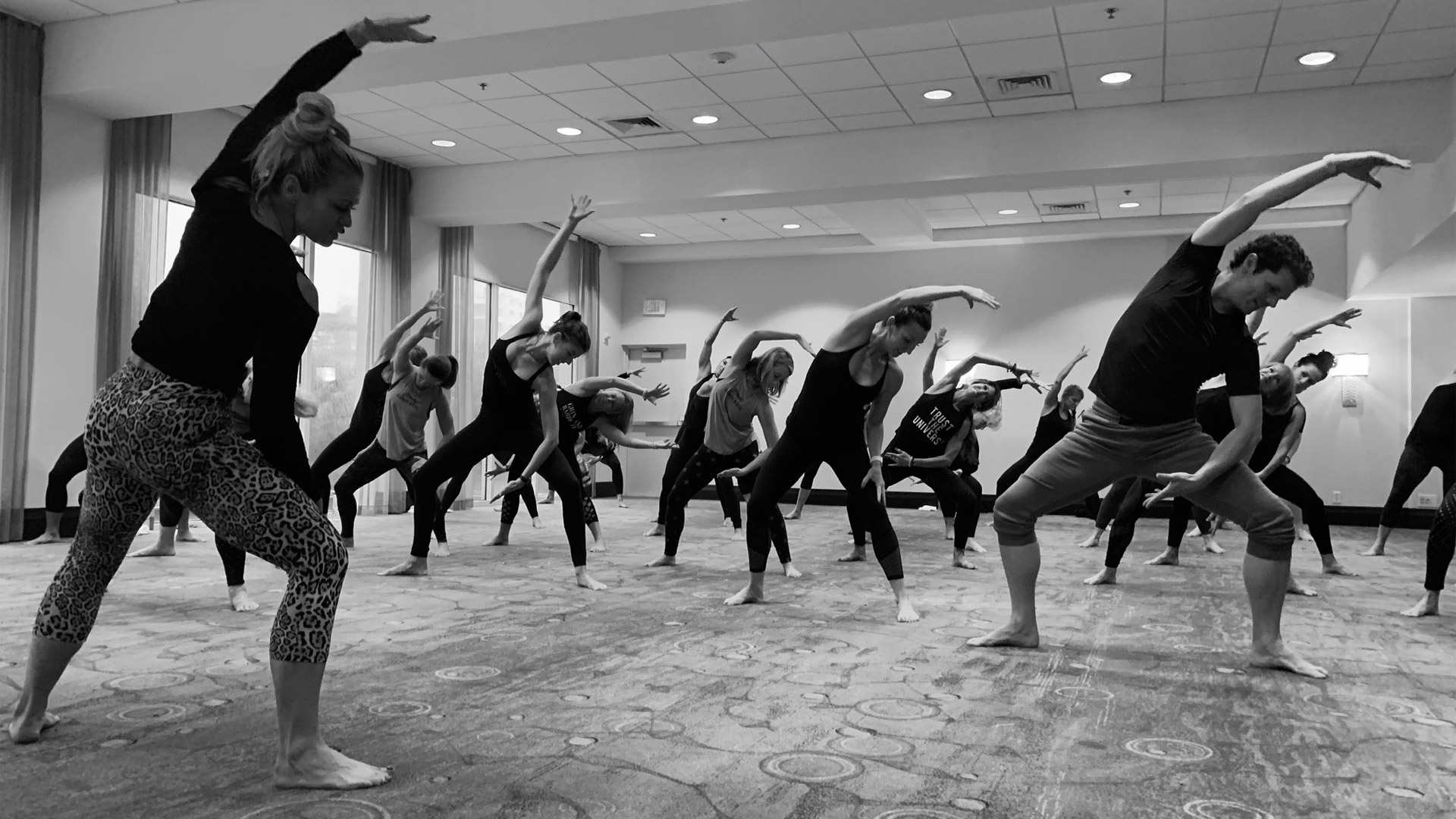All Categories

Most clients over 40 don’t think about blood sugar unless their doctor brings it up. But inside the gym, it shows up before that: energy crashes, poor sleep, slow recovery, unexplained fat gain, and low mood.
If you’re coaching midlife clients, you already see poor glycemic control symptoms. The fix doesn’t require a diagnosis, but awareness, an innovative food strategy, and consistent movement. Coaches can play a bigger role here by building daily training systems that support glucose stability.
Glycemic variability refers to the extent to which blood sugar swings throughout the day. When those swings are wide, the body struggles to regulate energy. Hormones shift, inflammation rises, and recovery slows.
According to clinical data from centers like the Kaplan Medical Group, stable blood sugar improves everything from sleep quality to mental sharpness. It also lowers the risk of metabolic drift, which accelerates after age 35 if not addressed through strength and recovery practices.
Unstable blood sugar has been linked to oxidative stress, shortened telomeres, and faster mitochondrial decline. That’s not theoretical aging, but measurable cellular wear. Clients may not feel it immediately, but they’ll live with the effects if it goes unchecked.
Skeletal muscle is one of the body’s primary glucose regulators. More muscle means more glucose gets stored where it belongs. Less muscle means blood sugar stays elevated longer after meals.
Midlife training should focus on preserving lean mass, not just burning calories. When glucose stays high too often, the body starts compensating with cortisol. That leads to muscle breakdown, poor sleep, and a cycle that makes recovery harder.
Strength training helps control blood sugar, but it works best when paired with post-exercise recovery windows and consistent protein intake. That’s where the coach steps in, if only to make sure effort translates to stability, not stress.
The brain burns through more glucose than any other organ. A sharp drop can show up as brain fog, mood swings, or that sudden crash at 2 p.m. Clients might think they need caffeine, but they need a better fuel structure.
Over time, repeated spikes and crashes in glucose have been associated with cognitive decline. Some researchers refer to Alzheimer’s as Type 3 diabetes. It’s not a fringe theory anymore.
Clients who manage glucose well tend to feel more emotionally even, focused, and resilient. That mental clarity carries over into consistent training and recovery adherence.
Movement helps regulate glucose more effectively than any supplement. Zone 2 cardio improves insulin sensitivity without adding stress. Strength training builds glucose storage capacity. Even a short walk after meals lowers the size of post-meal glucose peaks.
From a food standpoint, the playbook is simple: lead with protein, keep carbs high-quality, and avoid meals that create wild fluctuations. Protein and fiber have slow absorption, while processed sugars and liquid calories do the opposite.
Tools like CGMs can help some clients see their patterns more clearly, but you don’t need fancy tech to coach this. You need to observe what happens during sessions and ask the right questions.
Did they feel shaky after breakfast? Are they crashing mid-lift? These signs are more useful than any number on a dashboard.
There are subtle signs of blood sugar instability you might be missing. Clients who wake up between 2 and 3 am may be riding a rebound effect. Muscle soreness that lingers longer than expected. Fatigue that doesn’t match their workout load. Becoming hungry mid-session, especially after a big dinner the night before.
You don’t need to run labs to notice the patterns. You must connect the dots between food, mood, and movement. Then adjust the plan accordingly.
Blood sugar stability is a foundation that directly impacts how clients train, recover, and maintain strength. Daily fluctuations in glucose levels have larger effects on physical performance, mental clarity, and long-term health outcomes.
Effective coaches build awareness around these patterns while designing programs supporting metabolic health. This approach delivers tangible benefits in sustained energy, accelerated recovery, and preservation of muscle mass that becomes increasingly more precious with each passing year. By addressing this fundamental aspect of physiology, coaches provide clients with a practical framework for aging with strength and vitality.
About Robert James Rivera
Robert is a full-time freelance writer and editor specializing in the health niche and its ever-expanding sub-niches. As a food and nutrition scientist, he knows where to find the resources necessary to verify health claims.
Powering the Business of Health, Fitness, and Wellness Coaching

By Elisa Edelstein

By Robert James Rivera

By Elisa Edelstein

By Robert James Rivera

By Rachel MacPherson

By Elisa Edelstein

Powering the Business of Health, Fitness, and Wellness Coaching
